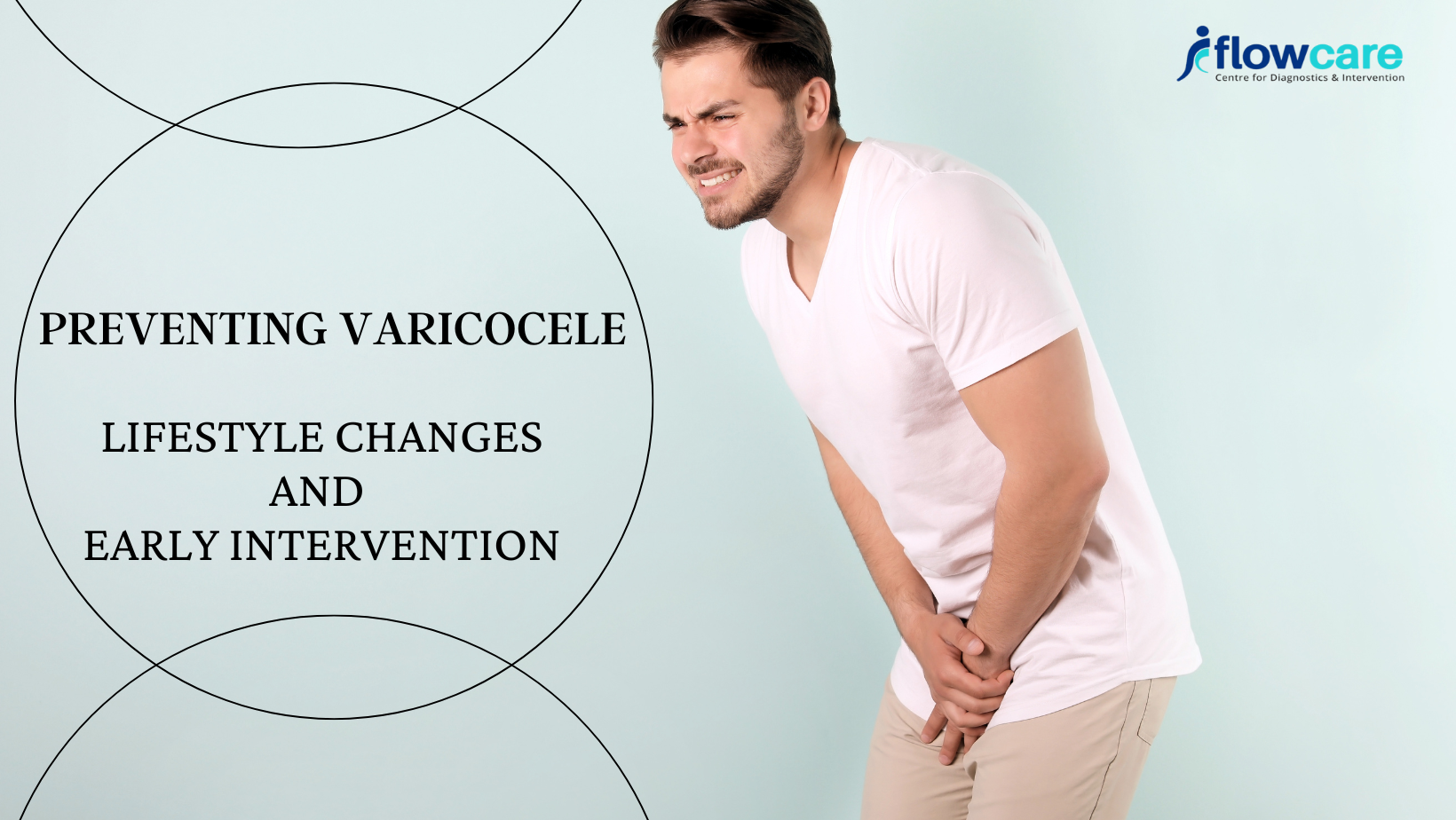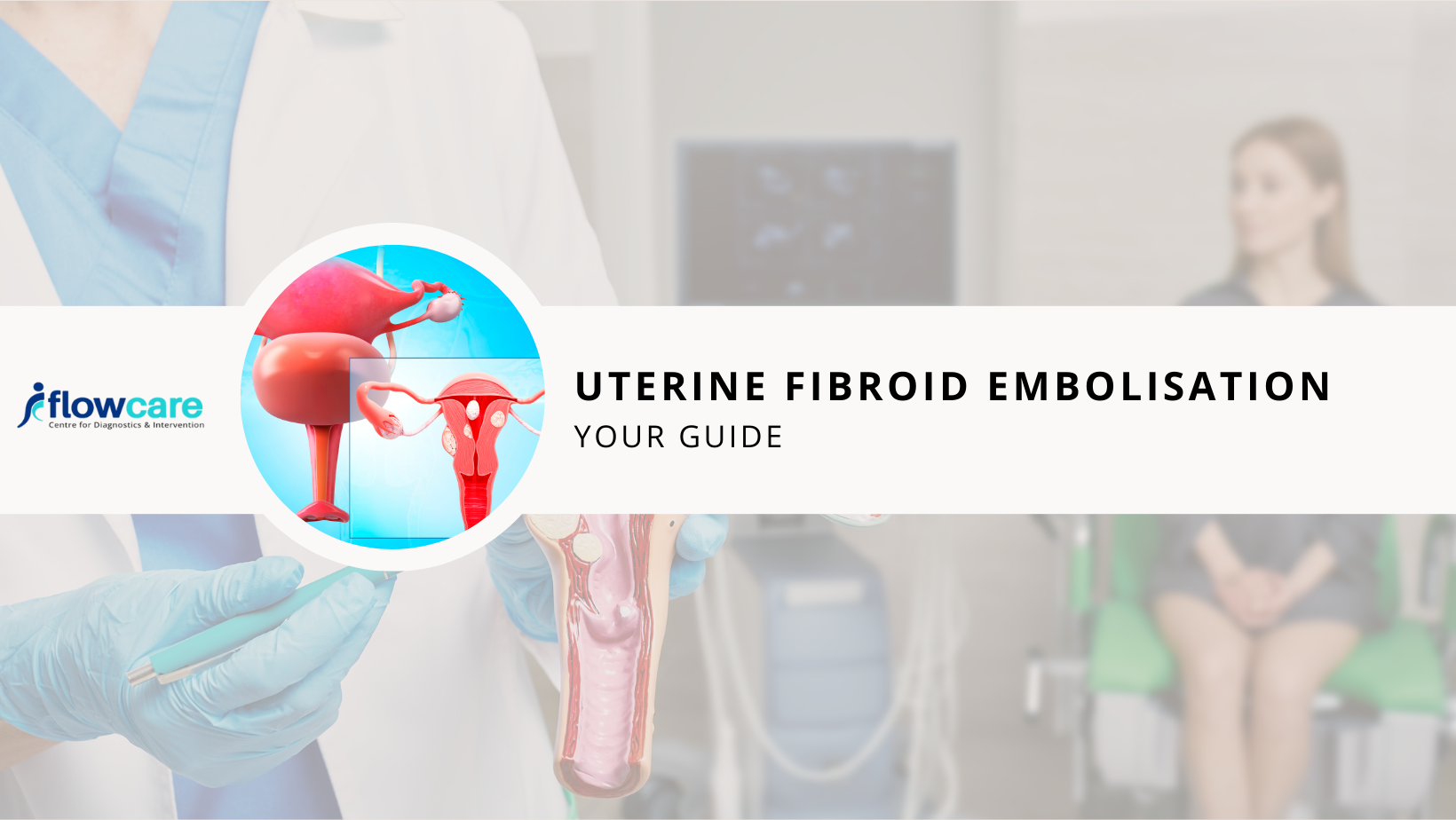Preventing Varicocele: Lifestyle Changes and Early Intervention
Varicocele is a medical condition that is indicated by the enlargement of veins within the scrotum. This condition affects the flow of blood in the
Uterine Fibroid Embolisation Procedure in Jaipur: Your Guide
Uterine fibroid refers to an uncommon non-cancerous growth that occurs in a woman’s uterus. With time, this growth can become large which causes pain and



